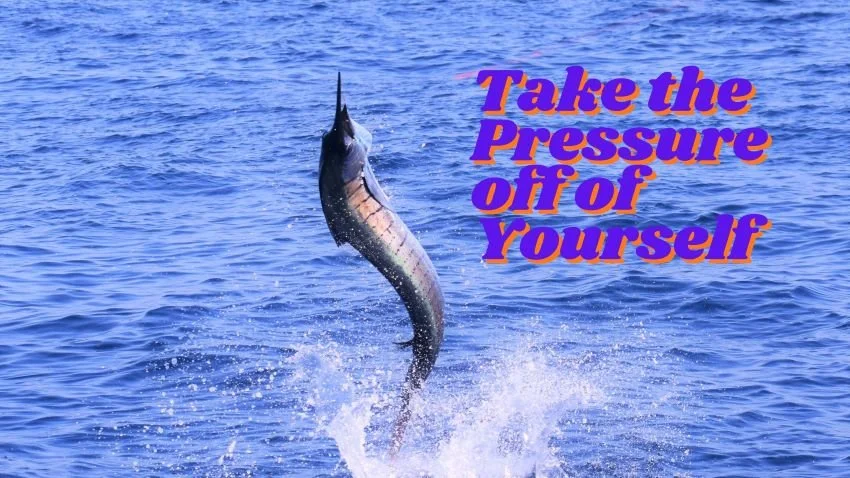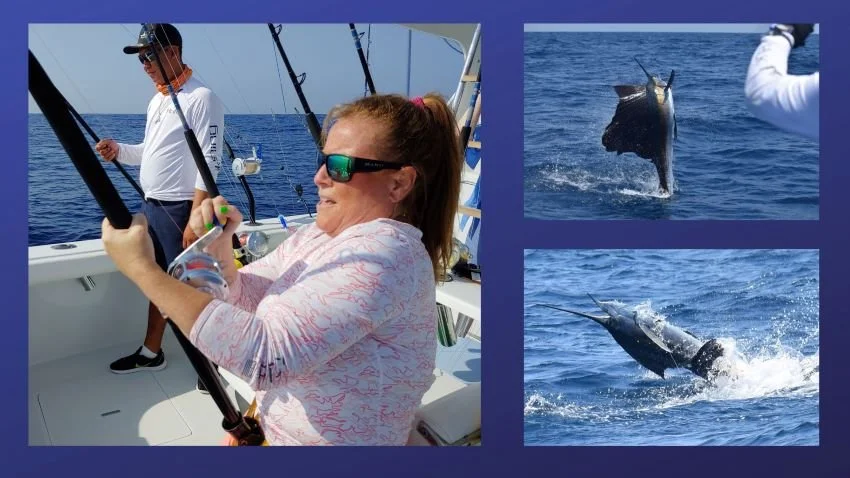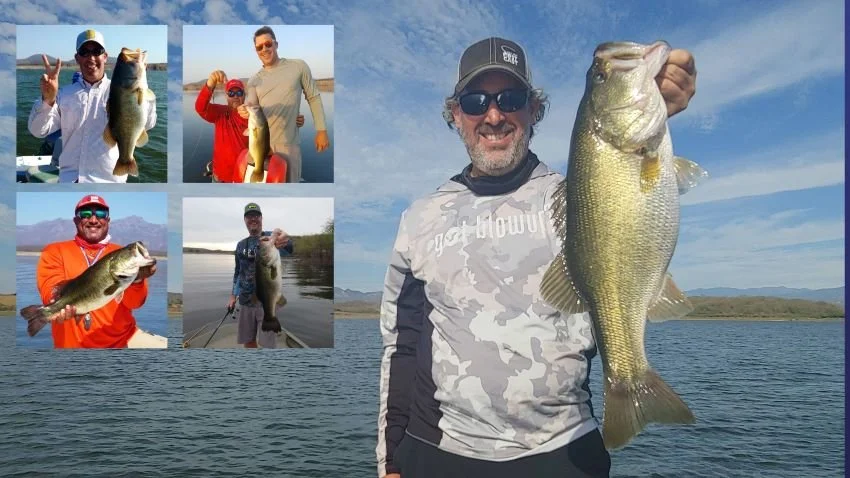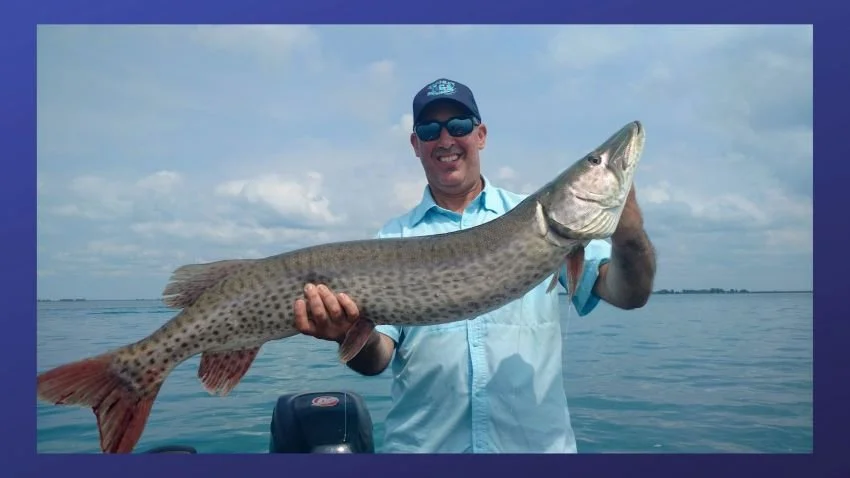First Rule of Fishing Travel – Just Get Bit
If you’ve done little or no billfishing and want to try it out, I strongly recommend that you visit Casa Vieja Lodge in Guatemala. It’s easy to get there, the fleet and service are top-notch, and there are few places with that combination where you’ll get so many bites. If you’re new to the game, though, you won’t be used to the style of fishing, or the gear, and nothing you can read about it or watch on YouTube will get you 100 percent of the way there.
That’s why I suggest that for at least your first day on the water you let the mates do the “bait and switch” to get the sailfish on the line. Then you can fight them to the boat.
I know that many of you are used to doing everything on your own, and you’ve fished a lot of different places, but trust me on this one. The advantages of doing it this way are several. First, and perhaps most importantly, everyone flubs some chances, even the mates, but they do this every day. There aren’t many hookable fish that they miss. Even many experienced billfishermen will have a success rate only a fraction as good. When they hook that fish, and you get it to the boat, all of the pressure is off. You’ve caught a sailfish. You got your glory shot with it and you can go home with a fish story. All of the pressure is off. Even if you try to do the next 10 yourself and manage a new way to mess it up every time, you got what you came for. In contrast, if you go first and mess up the first five, then six, then seven, and so on, the pressure adds up. You’re going to start to doubt yourself and that leads to unforced errors.
Furthermore, by carefully watching the mates do their balletic movements with rod and reel, you’re able to mimic them. Ask lots of questions beforehand – they’re used to explaining what to do – and then put those words together with what you saw. It’s a recipe for maximizing success.
It’s not just billfishing where this rule applies. When we go to El Salto, I often see anglers arrive for the first time with an idea of how they want to catch fish – swimbaits or topwaters, for example. Or maybe on the prior trip, under similar conditions, they caught them a certain way and they’re sure it’ll work again. That’s a recipe for disaster. I’ve seen anglers waste a full day leaning heavily on a plopper or an A-Rig or some other situational tool. With only three to five days on the water for most travelers, that can be a huge waste of time.
Unlike in Guatemala, I’d never expect your Mexican bass guide to cast or set the hook for you, but you can still rely on his expertise. He knows generally what they’ve been eating and in which places. He’s on the water every damn day. You don’t need to reinvent the wheel. Instead, go with a lure or lures that he recommends, from a list of proven winners. Once you get that first bite, it will begin to tell you how, when and where you can expect the next one. After a few of them, it may even dictate how to use the lures that your guide has never seen before.
Again, getting this first bite, or first couple of bites, is the key for most anglers to calm down. You’ve caught a few and you don’t have to press. I’m convinced that’s why many of the “non-serious anglers” often do better than the hard core tournament guys down there. The former are just fishing, listening and paying attention. If the latter type hasn’t caught a giant after a few sessions he (it’s almost always a he) starts to stress and press, which leads to mental mistakes and lures in trees.
Remember, it takes at least two or three fish to make a pattern, and you have to try not to get false positives. On one trip, there were occasional patches of hyacinths up against the bank. My fishing partner skipped a jig up next to one such patch and caught a near-7-pounder. He was convinced that it was the skipping action that made the difference and spent the rest of the afternoon skipping into every nook and cranny he could find. Oddly enough, it only produced fish when the skip ended up right next to a small clump of hyacinths. It was the cover, not the cast, that made the difference. We’re all susceptible to jumping to conclusions. We’re also sometimes unable to flex when the dominant paradigm changes. We’re so used to relying on what was working before, that we’re too slow to move on.
You can even extend this concept to the entire trip. For example, if you want to check muskies off your list, Lake St. Clair is a great place to do it. Fish two or three days to improve your chances, and you can take that one step further by trolling the first day and casting the second and third. If that somehow violates your moral compass, it’s not necessary, but otherwise it can a fun and extremely productive way to pop the cherry.
Get that first fish in the boat. It doesn’t have to be the trophy of a lifetime. It doesn’t have to be caught on your “secret lure.” It will, however, enable you to play with house money from a position of power, and that’s the best way to have a great trip.








